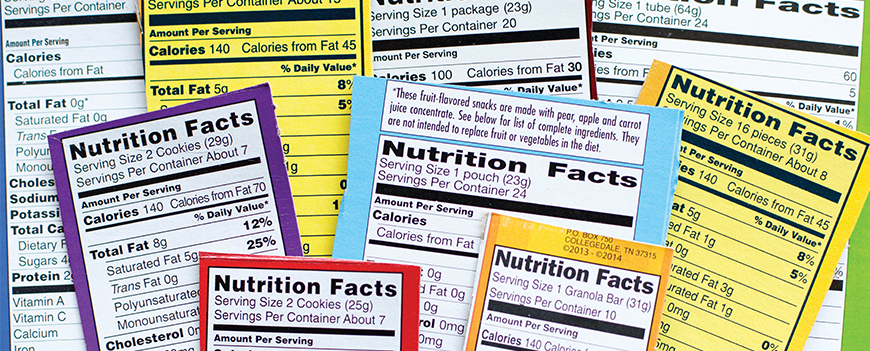Students make plans for healthy summer diets
As summer nears, Utah State University students discuss how they plan to keep up a healthy diet while motivating others to do the same.
Kylen Wyatt, a freshman studying English, said it can be difficult to keep up any type of healthy diet, but can be achieved with dedication.
Even though some fellow freshmen will be off their meal plans, she encouraged them to come up with their own meal plans and bring along friends to make it easier and more fun.
“Eating healthy does not mean that you have to cut out all sugar and fun foods,” she said. “I don’t think eating sweets every now and then is bad. I love sweets. Just don’t eat it in large quantities every day.”
Wyatt said she feels sad when individuals decide they don’t want to eat because they want to look a certain way.
“If you want your perfect body, it’s going to take a lot of work and you have to be willing to do it,” Wyatt said. “If you really care about your body, look into what you can do to better yourself. Just recognize that you are you and you don’t need to be asking yourself why you are this and not that.”
Exercise science freshman Hannah Lovett said when someone is planning out his or her diet, they should think about what weight goals they have for themselves.
“Tailor your goals to fit your diet,” Lovett said. “If you want to gain muscles, eat proteins and carbs. If you want to maintain your body weight, you want to eat proteins and fats. If you want to lose weight, you would want to eat protein and veggies.”
Lovett — who once decided to go on a Paleo diet, which consists of eating no grains, no sugar and no processed foods — said she saw noticeable benefits in her health after the six-week diet.
“Sugar, to be dramatic, is plaguing America,” Lovett said. “The hardest part of the Paleo diet was to cut out sugar. While on that diet, I had much more energy, and my skin was clearer.”
Lovett said she thinks people should educate themselves on how to read a nutrition label. She said the Food and Drug Association website is a great resource for finding more information on reading nutrition labels and food regulations.
The FDA website contains explanations of the more complicated words that may be written on nutrition labels. Those who are looking for the up-to-date recommended serving sizes can find them on the website.
According to FDA.gov, “The first place to start when you look at the Nutrition Facts label is the serving size and the number of servings in the package.”
Maddie Conderis, a freshman studying special education, said she believes it is possible for college students to eat healthy by planning ahead, budgeting and planning meals.
She said she knows it is difficult for college students to continually eat out, but she recommends cooking food at home, if only to be more aware of what goes into it.
Jessica Barber, a freshman majoring in business, agreed.
“I feel like a big thing for us is that we don’t really see how the stuff we put in our bodies can have bad effects on us,” she said. “There is a need to educate people on the side effects of what we are eating and how eating healthier would help us stay in better shape.”
Barber said she thinks a lot of people have misconceptions on how to be healthy.
“Part of staying healthy is not just working out, it is doing the right things for your body,” Barber said.
Barber said she tries to stay away from fried and fast foods, as well as work out often.
“As an old principal of mine would always say, ‘You eat good. You look good. You perform well,’” she said.
— monica.a.delatorre@gmail.com

